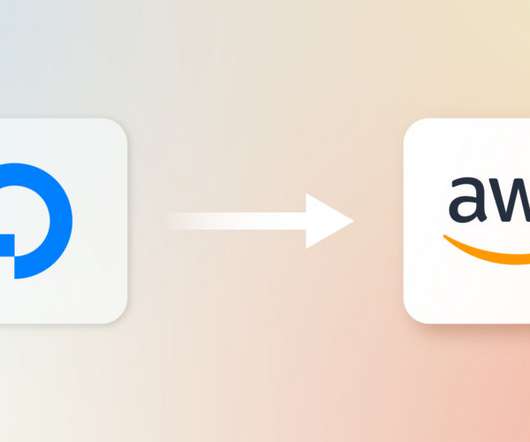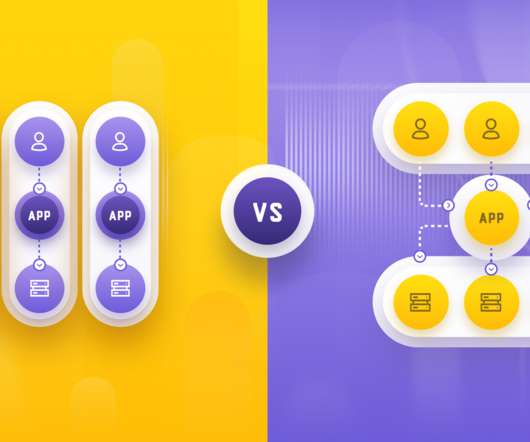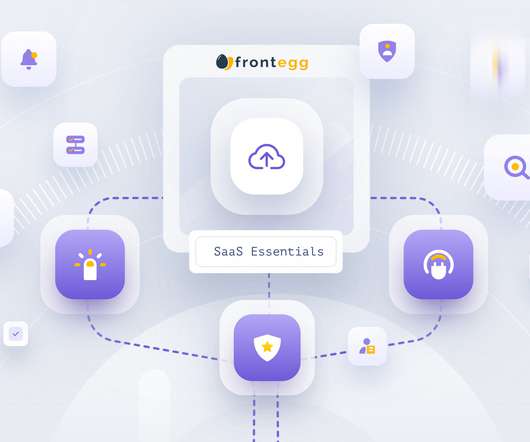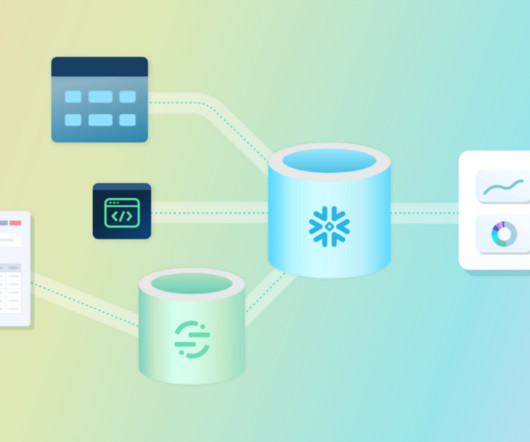Moving ChartMogul to AWS and Kubernetes
Chart Mogul
JANUARY 28, 2022
A few months ago, we retired our last pieces of infrastructure on DigitalOcean, marking our migration to AWS as complete. Our journey was not your regular AWS migration as it involved moving our infrastructure from classic VMs to containers orchestrated by Kubernetes. Lack of modern cloud features and managed services.














Let's personalize your content